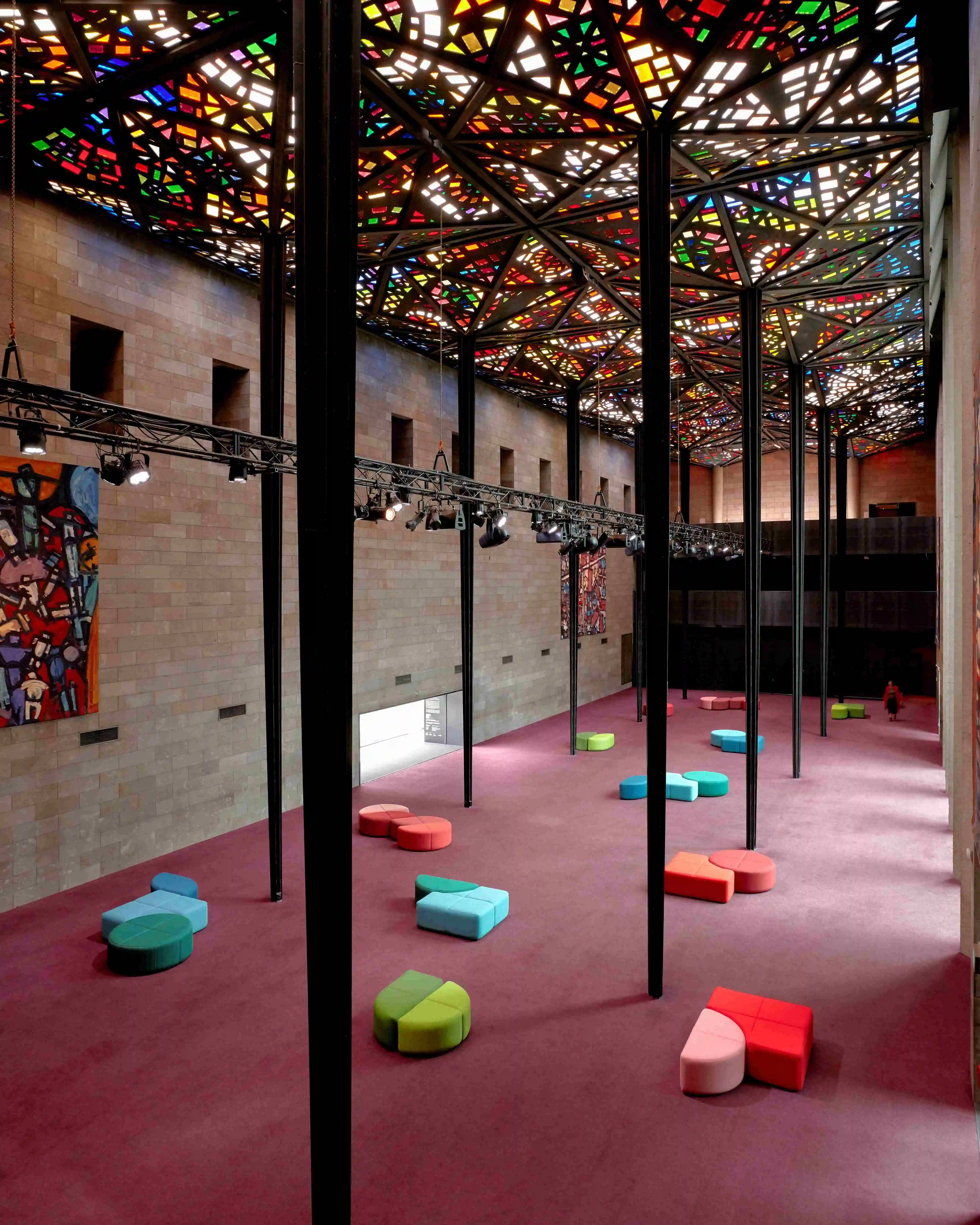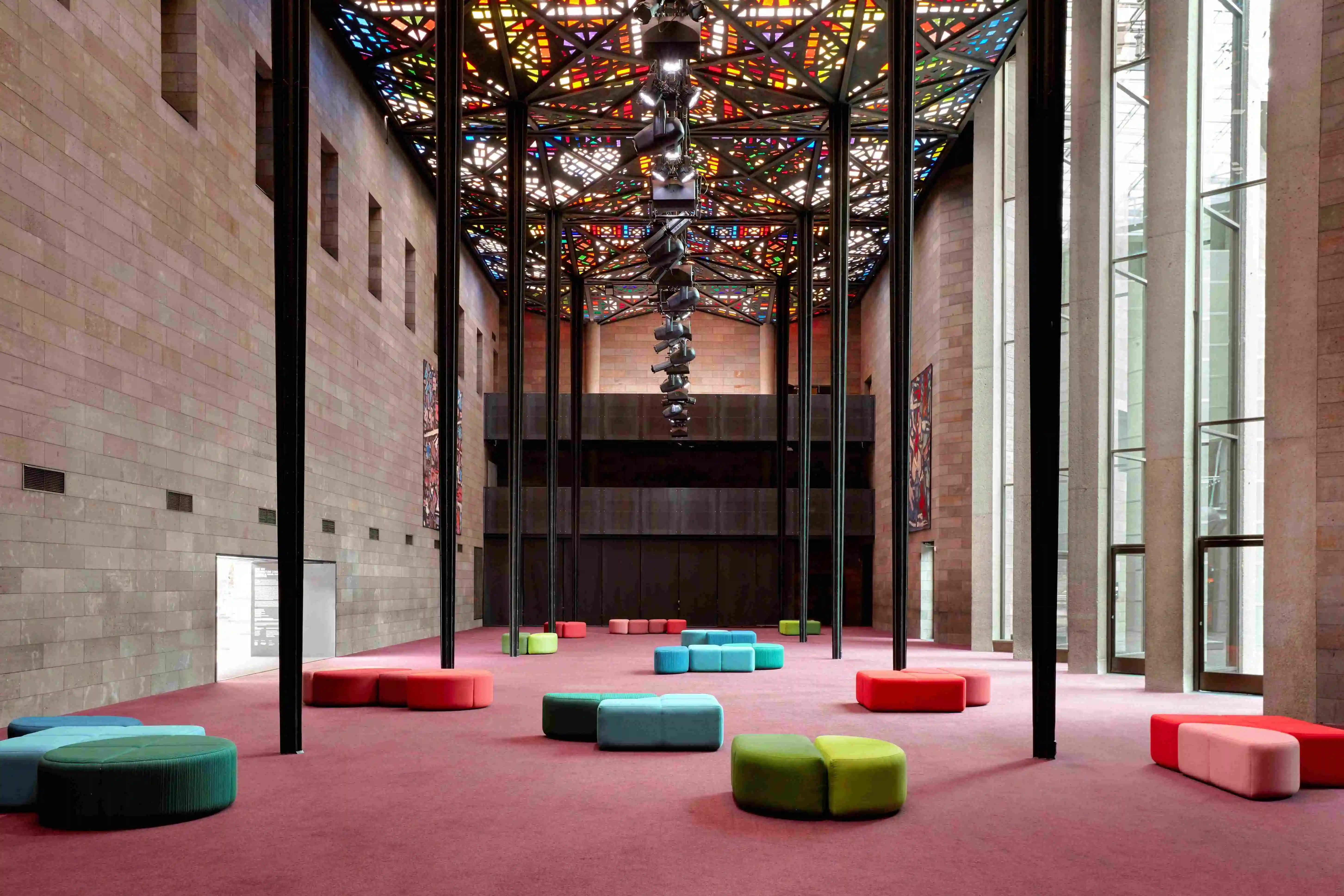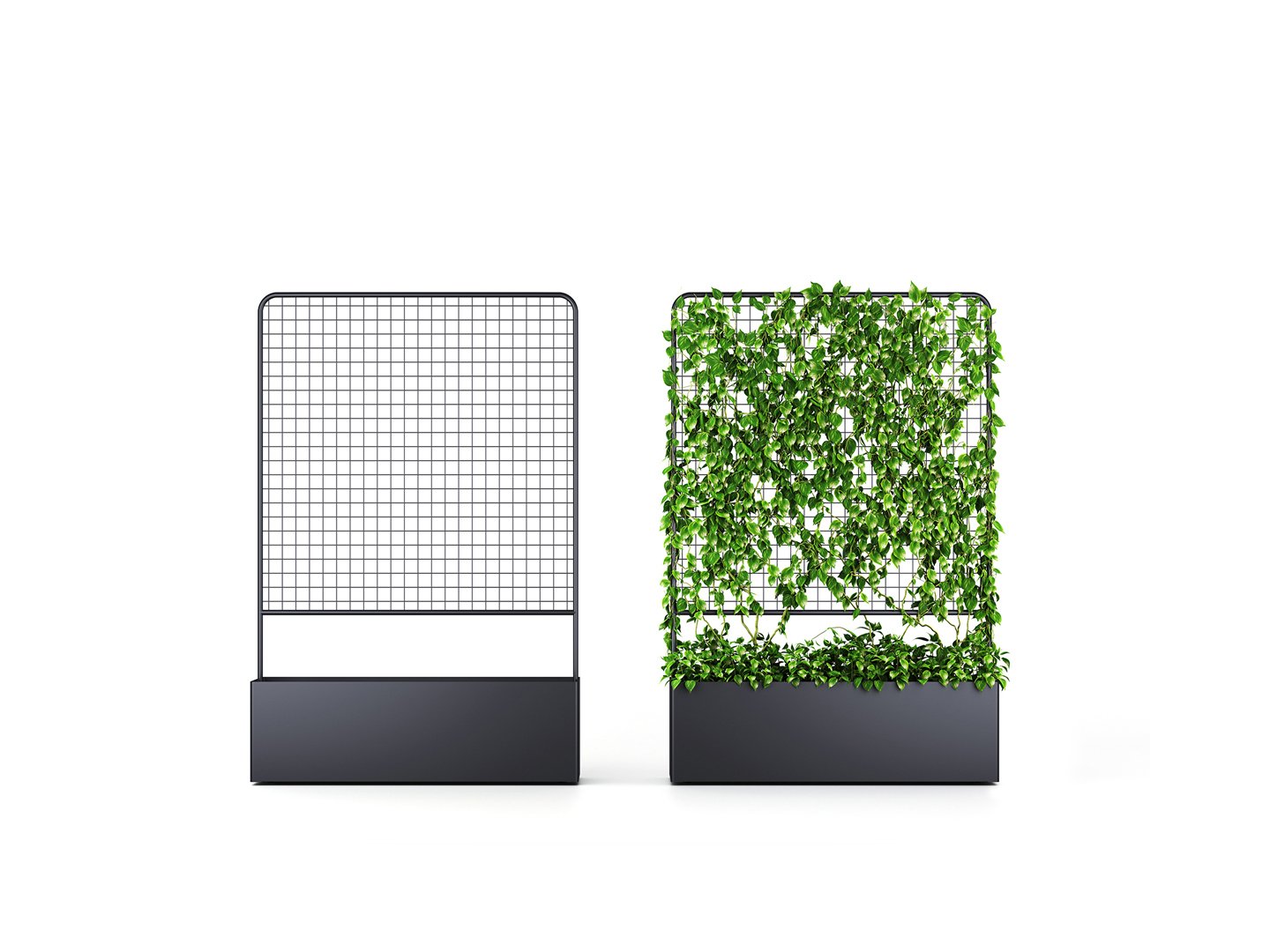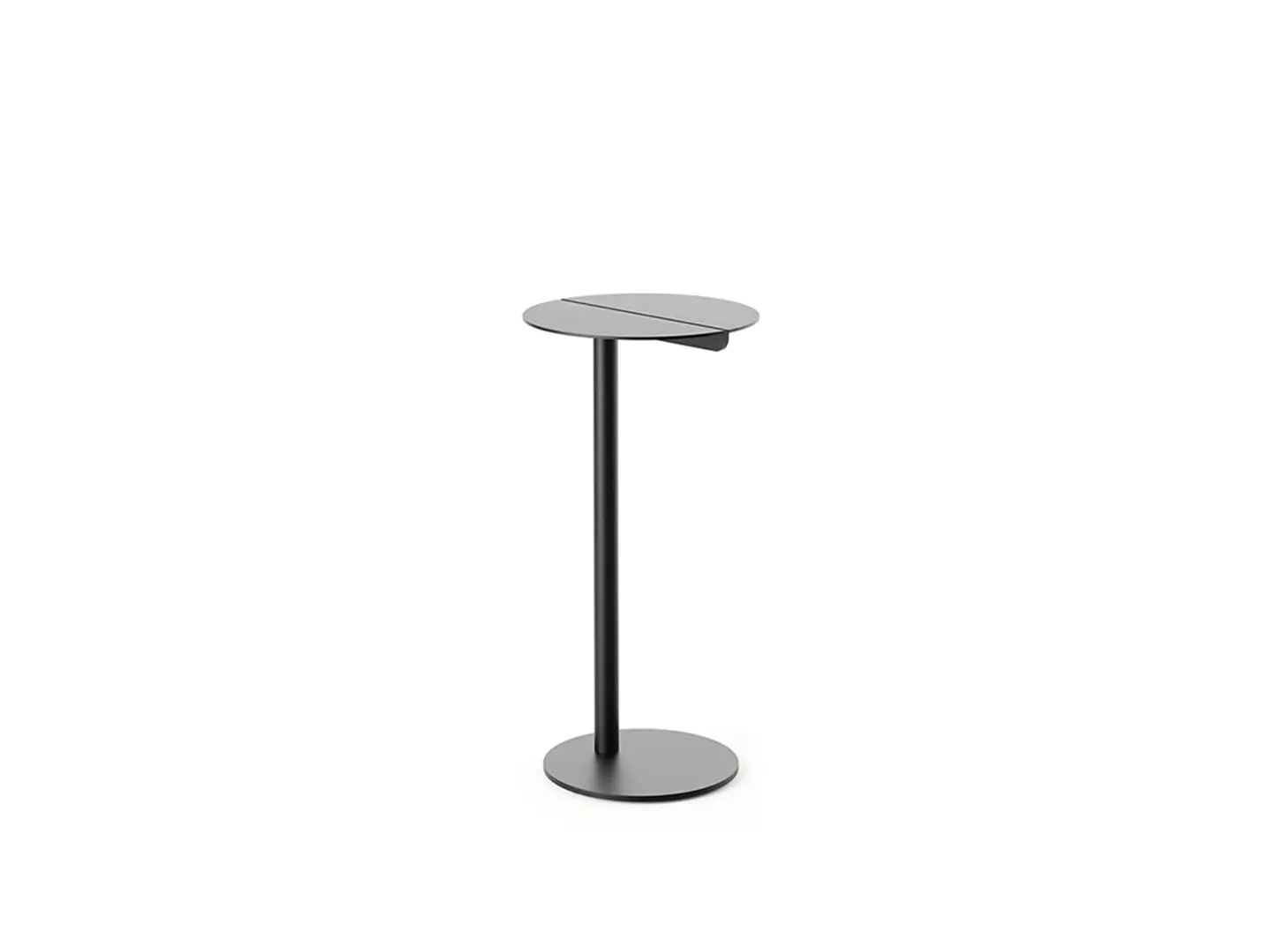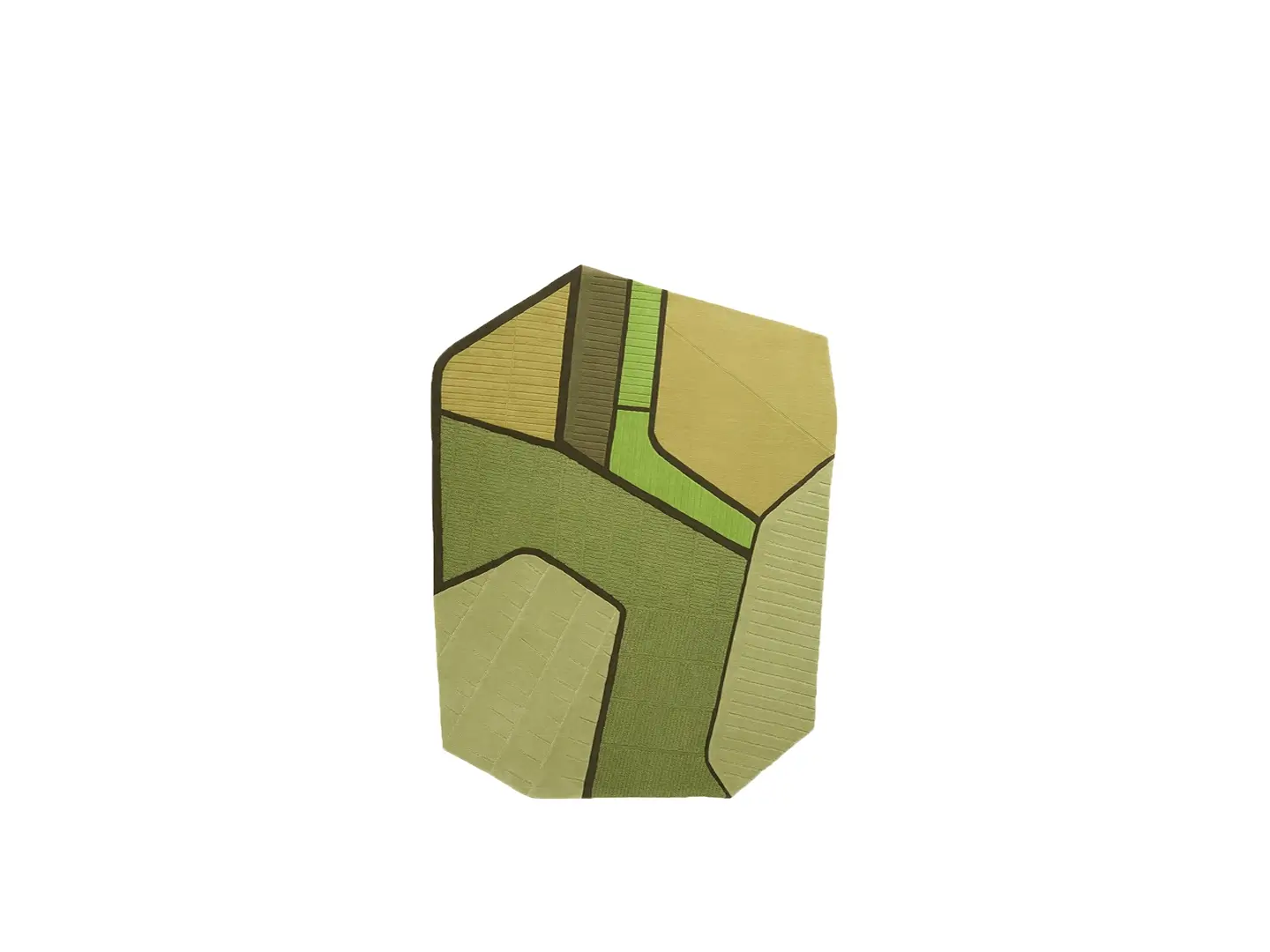NGV Great Hall
Designer Helen Kontouris elevates NGV Great Hall Experience with The Iconic Bauhaus Collection
Helen Kontouris, an Australian designer, was commissioned to design the furniture of the National Gallery Victoria ( NGV ) The Great Hall in Melbourne. The Great Hall is a fusion of art, design, and history. The Great Hall is a breathtaking space featuring a magnificent stained glass ceiling that stretches an impressive 60 meters in length and 15 meters in width. As Australia’s most significant cultural institution, the National Gallery Victoria (NGV) attracts millions of visitors annually. The result is the Bauhaus Furniture Collection — an iconic piece of Bauhaus-style furniture, a homage to the influential Bauhaus movement and the geometric beauty of the NGV’s glass ceiling, designed by Leonard French in 1968.
The Bauhaus Furniture Collection is a masterpiece of design, embodying the versatility and creativity that define the Bauhaus style. Commissioned by the National Gallery of Victoria, this iconic seating system draws inspiration from Alma Seidhoff-Buscher’s timber Bauhaus building blocks and the mesmerizing stained glass ceiling of the Great Hall. Its purpose is to encourage play, interaction, and exploration, making it ideally suited for a wide range of interior workspaces, public seating areas, and educational environments.
Honouring 100 years of Bauhaus and Alma Siedhoff-Buscher. Bauhaus is a highly versatile seating system for Designers and Architects.
Bauhaus sees creativity as its foundation with the freedom to explore singular or multiple compositions. Creating asymmetrical, irregular forms, linear arrangements, or curved formations. Encouraging reconfiguration of seating elements defining the needs of a space. Each seating model has been carefully designed to blend contrasting and complementary combinations to support private or social areas within a shared space.
What exactly is the Bauhaus movement that serves as the foundation for this extraordinary collection?
The Bauhaus movement emerged in 1919 in Weimar, Germany, and was a significant and influential art and design movement. Notably, the Bauhaus style and design embraced distinctive geometric and abstract shapes, devoid of sentimental or emotional elements, while intentionally avoiding references to historical influences. It fostered a collaborative environment where teachers and students pursued their crafts in design studios and workshops.
The movement influenced the creation of the Bauhaus school, founded by German Architect Walter Gropius, arguably the most influential modernist art school of the 20th century. Its main goal was to improve people’s conditions through modernism of design. Bauhaus designers paved the identity of 20th-century modern design, furniture, architecture, and art. Some notable Bauhaus designers, including Marcel Breuer, Mies van der Rohe, Eileen Gray and Alma Siedhoff-Buscher, shaped the identity of 20th-century modern design, furniture, architecture, and art.
Why did Alma Seidhoff-Buscher inspire us for our Bauhaus furniture collection?
Alma Siedhoff-Buscher, Walter Gropius, and Marcel Breuer, three prominent figures in the Bauhaus movement, shared a unique connection that fueled their creative endeavours. As an alumna of the Bauhaus school, Alma had the opportunity to cross paths with both Gropius, the founder of Bauhaus, and Marcel Breuer, a renowned architect and furniture designer. Under Walter Gropius’s leadership, the Bauhaus became a haven for artistic exploration, and Alma found herself immersed in a collaborative environment alongside talented individuals like Marcel Breuer. Their interactions within the Bauhaus community fostered a vibrant exchange of ideas, allowing them to push the boundaries of design and leave an indelible mark on modern art and architecture. Through their shared experiences and mutual dedication to innovation, Alma Siedhoff-Buscher, Walter Gropius, and Marcel Breuer contributed to the rich tapestry of the Bauhaus movement and left an enduring legacy that continues to inspire generations of artists and designers.
Her early art studies unexpectedly led her towards furniture-making, toy design, and a deep interest in child pedagogy. After enrolling at the Bauhaus in Weimar in 1922, she attended several art schools, including the State Arts and Crafts Museum in Berlin. At the Bauhaus, she completed the preliminary course taught by Johannes Itten and attended classes by renowned artists like Paul Klee and Wassily Kandinsky, which was the norm. Despite being among the few women to pursue a path other than weaving, her teachers, Georg Muche and Josef Hartwig, supported her transition into the wood sculpture program.
In 1923, the Bauhaus made its inaugural public appearance through an exhibition showcasing the model house called “Am Horn” in Weimar. Alma Buscher-Siedhoff was entrusted with designing the furnishings for the children’s room. During this time, she created the “Small” and “Big Shipbuilding Game,” which garnered significant acclaim within the exhibition. Consequently, the Bauhaus wood workshops manufactured and distributed the construction game in various versions.
Today, the Swiss company Naef reproduces the “Small Shipbuilding Game”, better known as “Bauspiel: Ein Shife”. The set comprises 22 geometric wooden pieces designed in distinct colours and shapes representing the Bauhaus style. The game exemplifies the principle of “less is more” with its minimalist approach to construction. This shipbuilding game made up of wooden blocks was part of the inspiration for creating the Bauhaus furniture collection.
Why were we inspired by the stained glass ceiling designed by Leonard French?
The ceiling, a remarkable creation by Australian symbolist painter Leonard French, encapsulates his arduous learning journey over five years (1965-1970) dedicated to its completion. Venturing into unfamiliar territory, the French needed to gain experience working with glass. From accepting the commission by Sir Roy Grounds, the NGV’s chief architect, to crafting the pinnacle of artistic excellence, he embarked on acquiring the skills of glass craftsmanship.
With the assistance of three collaborators, French embraced the task of splitting 2.5-centimetre thick slabs of French and Belgian glass, employing an anvil and hammer to achieve the rough geometric shapes that constituted his expansive design. The resulting ceiling stands tall at 13.72 meters, with vast dimensions of 60.9 by 15.24 meters. Its substantial weight, owing to the glass and steel components, necessitates the support of slender steel columns that uphold the downward-projecting triangles.
Meticulously crafted, each intersecting triangle has been transformed into thousands of coloured and clear glass pieces, precisely cut to allow facets that reflect and refract coloured light. Weighing 300 kilograms apiece, the 224 triangles, cut in diamond-like patterns, showcase primary colours. French’s apprenticeship in “painting with light” through glasswork proved to be an arduous endeavour. His hands bore the evidence of countless cuts, so much so that visitors to his workshop likened his appearance to that of a butcher adorned in a blood-stained leather apron.
Our Bauhaus collection form was inspired by the incredible black line work beading in the stained glass ceiling at NGV’s The Great Hall. The Bauhaus collection also paid homage to the playful simplicity and interactivity of the timber square, circle & triangle toy blocks designed by Alma Seidhoff-Buscher (a graduate of the Bauhaus movement). To achieve this, we integrated the square, circle and triangle forms and graphic inspiration in the NGV’s grid/angular stained glass line work into quilted fabric sections within each design.
The Bauhaus Collection
The Bauhaus Furniture pieces were designed to blend contrasting and complementary combinations to support The Great Hall’s private or social gathering spaces. Kontouris wanted to create an elegant, sophisticated space that was accessible and comfortable. To achieve this, she used a palette of rich textures and a blend of contrasting elements to define the space. She described her approach as “layered” and “meticulous.”
“We are truly honoured to have been commissioned by the NGV to create the new seating for the Great Hall named Bauhaus. After receiving the commission, I recall laying down on the floor in the Great Hall, a common sight with visitors, to absorb the entirety of Leonard French’s stained-glass ceiling. I lay there thinking about the intricacies of the stained glass and how beautiful the rich colours of red, blue, purple, and yellow were against the thick black line work traversing across the glass ceiling. Inspired by the thick line work in the stained-glass ceiling, I imagined somewhat mirroring Leonard French stained-glass ceiling into the seating design and bringing the Bauhaus graphic line work and forms to life within the space.”
— Helen Kontouris.
Partnering with Kvadrat Maharam
Kvadrat Maharam, who collaborated on the project, has a shared philosophy of design innovation and service excellence. Kvadrat, established in Denmark in 1968, produces high-performance upholstery, curtain textiles, rugs, and acoustic solutions. Maharam, founded in New York in 1902, is a leading creator of material for commercial and residential interiors. Their partnership has resulted in an extensive collection of textiles that meets the needs of designers and architects worldwide. Speaking of the Kvadrat Maharam Collection, Kontouris added, “We selected Kvadrat Maharam textiles for this project because of the diversity within the collection’s vibrant colour palettes and richness in varying textures. It enabled us to bring together a cohesive textile selection, referencing the colours of the Bauhaus movement and the brilliant saturation of stained glass colours in the ceiling of the Great Hall.”
The Great Hall’s elegant palette and carefully selected collection of artwork make it an unrivalled addition to the NGV’s offering. Kontouris’ use of contrasting material and intricate details further enhances the space, adding depth and dimension to the design. Speaking about the collaboration, Kontouris said: “It was about creating a conversation between the Bauhaus Furniture collection and the NGV’s incredible Great Hall. We wanted to convey the freedom, movement, and emotional connection authentically and respectfully.”
The NGV Great Hall, with its harmonious blend of Kontouris’s design expertise and the historical significance of the Bauhaus movement, stands as a testament to the power of art and design to create emotional connections. Each piece within the Bauhaus Furniture Collection brings together form and function, inviting visitors to immerse themselves in a space that is not only visually striking but also accessible and comfortable. Through rich textures, contrasting elements, and meticulous craftsmanship, Kontouris has created an elegant and sophisticated environment that resonates with individuals profoundly. Whether you are an admirer of art, a design enthusiast, or simply seeking a place of inspiration, the NGV Great Hall and the Bauhaus Furniture Collection promise to leave an indelible mark, fostering a true emotional connection with all who experience it.
To learn more about Bauhaus, please speak to one of our team members, or contact our distribution partner for Australia at Stylecraft. For all international enquiries, please get in touch with us at info@lenfurniture.com.

